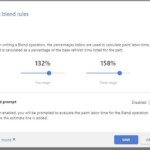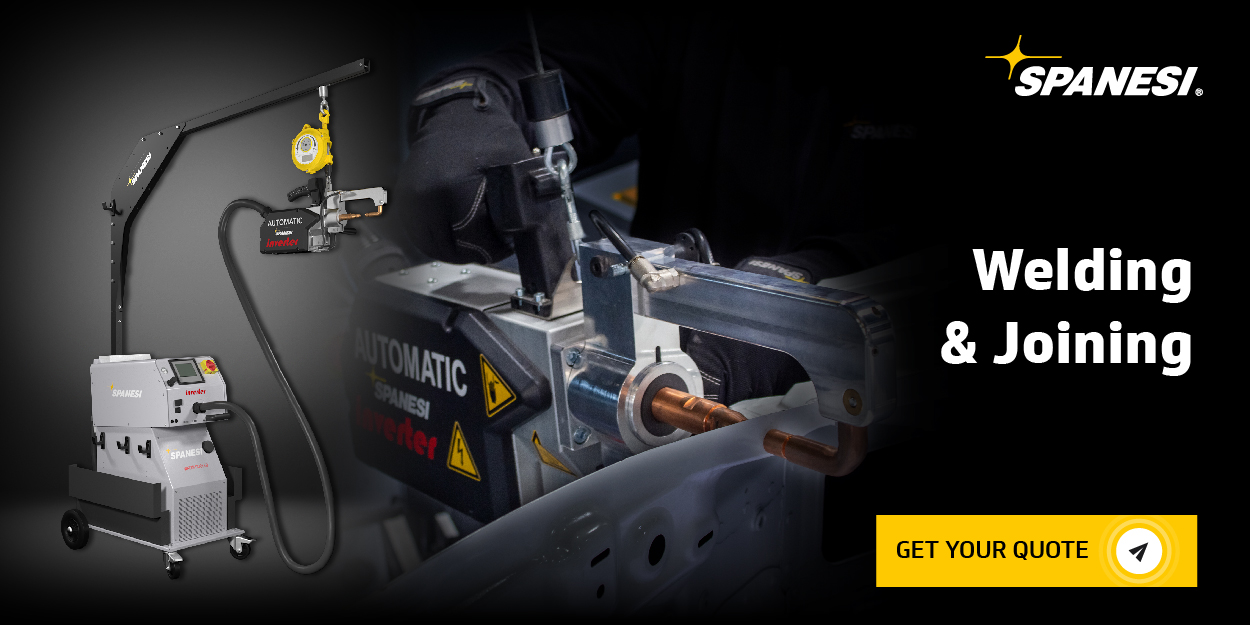CCC Releases “Edit Blend Rules” Window in Response to SCRS Blend Study
by Chasidy Rae Sisk
Shortly after the Society of Collision Repair Specialists (SCRS) unveiled the results of its highly anticipated blend study a year ago, collision repairers around the country waited with bated breath to see whether the three major information providers (IPs) would actually make changes to their systems in response…and the first change has finally arrived!
 On October 20, as part of its standard update schedule, CCC/MOTOR released a new “edit blend rules” functionality which calls for an on-the-spot evaluation which allows users to either input a default value for two-stage and three-stage blends, or users can opt to have the system prompt them for the blend time specific to that repair.
On October 20, as part of its standard update schedule, CCC/MOTOR released a new “edit blend rules” functionality which calls for an on-the-spot evaluation which allows users to either input a default value for two-stage and three-stage blends, or users can opt to have the system prompt them for the blend time specific to that repair.
The blend study, which SCRS conducted in collaboration with five major North American refinish companies, concluded the 50 percent blending formula utilized by all three major IPs – Audatex, Mitchell and CCC – was grossly underestimated. The study evaluated blending in comparison to full refinish values when considering solid, metallic and tri-stage refinish options across all the paint manufacturers and concluded that blend times are 31.59 percent greater than full refinished value on average. (Visit grecopublishing.com/hammer-and-dolly-december-2022 for a detailed recap of the blend study results revealed at CIC in November 2022.)
Almost immediately after the study’s release, CCC committed to conducting its own research and providing an update, and in April, the company announced its intention to update its Estimated Worktime Development Methodology after concluding that “the current formula reflects an estimate for one particular scenario but does not necessarily reflect the many variations encountered with modern vehicle finishes and design,” John McDonald, MOTOR’s product portfolio manager of content, said at the time, indicating that the methodology “should defer to the judgment of an estimator or appraiser following an on-the-spot evaluation of the specific vehicle and refinish requirements in question.”
Previously, users would click a blend button in CCC ONE which automatically calculated a two-stage blend at 50 percent of the refinish time and a three-stage blend at 70 percent of the full refinish time, but the recent update defers to the expertise of the shops performing the refinish job and provides them with the ability to include more realistic blend times directly in the system.
After logging into CCC ONE, the user will access “My Account” and scroll down to hit the save button, which will take them to “Settings.” From there, click on the “Estimating Blend Rules” icon and then “edit” to access the pop-up window. Once the newly-added window appears, users can edit rules related to the blend calculations. The pop-up reads, “When writing a blend operation, the percentages below are used to calculate paint labor time. Blend is calculated as a percentage of the base refinish time listed for the part.” Users then have the ability to select a default percentage for two-stage blends and three-stage blends based on their own findings (or using the averages established by the SCRS blend study, available at scrs.com/blendstudy).
Alternately, shops can elect to update blend times on each specific repair by enabling the “blend prompt” functionality which causes the program to remind the user to “evaluate the paint labor time for the blend operation before the estimate line is added” on each repair order.
Hit the “Save” button to store your preferences.
“This is BIG news for our industry and something that all shops should be paying attention to since implementing this new feature will impact their bottom line positively…it’s time to pay attention and take action,” insists AASP/NJ Past President Jerry McNee. “It’s simple to update blend times to create documentation we can all use to get properly reimbursed for our time. None of this would have been possible if the blend study wasn’t conducted in the first place. The entire industry owes SCRS a huge ‘THANK YOU’ for taking this on!”
It seems that SCRS’ efforts are destined to produce more favorable results, according to an update at the July Collision Industry Conference (CIC) when SCRS Executive Director Aaron Schulenburg unveiled Audatex’s proposed changes to their system, to be included in a future update of the Database Reference Manual (DBRM):
Audatex’s refinish labor is based on the use of new and undamaged panels. Audatex estimating does not provide a standard labor allowance for blended panels, as this requires an estimate preparer’s judgment, expertise and consideration of the unique requirements for each repair. Determination and assessment of labor and materials necessary in the blending process is best provided by the estimate preparer during the estimate preparation process. To assist the user, profile settings allow for customization to enter a specific blend percentage, as necessary.
Audatex’s system will allow users to “specify the blend refinish percentage to be used when calculating refinished labor at the profile level, allowing an insurer and shop to agree on a default blend refinished time,” Schulenburg explained. “You may enter a value between 50 and 150. This value is used to determine the blend refinished labor by multiplying it against the full panel refinish time. So, you’re unable to reduce it below 50. You’re unable to increase it above 150. When generating an estimate, the blend refinish will be calculated using the vehicle specified in the profile level. If no value is specified, a default value of 50 percent blend finish will be used as before, and the estimator can manually override the blend refinished percentage specified on the profile level, and it will be denoted with an asterisk on the estimate.”
Unfortunately, communication from Mitchell has not mirrored that of CCC and Audatex, Schulenburg reported at that meeting. “We were continually assured that they ‘give’ the industry enough,’” he shared Mitchell’s argument. “That was the basis of most of the conversation: ‘We give you enough.’”
“Mitchell said blending is defined as applying color without necessity to cover undercoats to less than the full surface area of an adjacent undamaged panel,” he continued. “So, this was actually an important part of our conversations with Mitchell. There are technologies that are necessary today that aren’t recognized as part of their blend process but are a part of modern blending. Fundamentally, we had disagreements around whether or not that was blending. We had disagreements about whether datasets we collected could even be used because they didn’t view it as a blending operation.”
Since the July CIC meeting (and possibly in response to the press that followed), Mitchell has stated they will announce something in regard to the blend study report in time for the November CIC meeting, something which Schulenburg said he was glad and grateful to hear.
Stay tuned to New Jersey Automotive for additional updates as they become available!
Want more? Check out the November 2023 issue of New Jersey Automotive!

